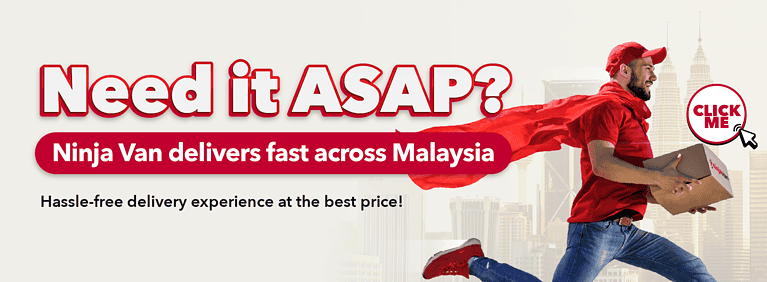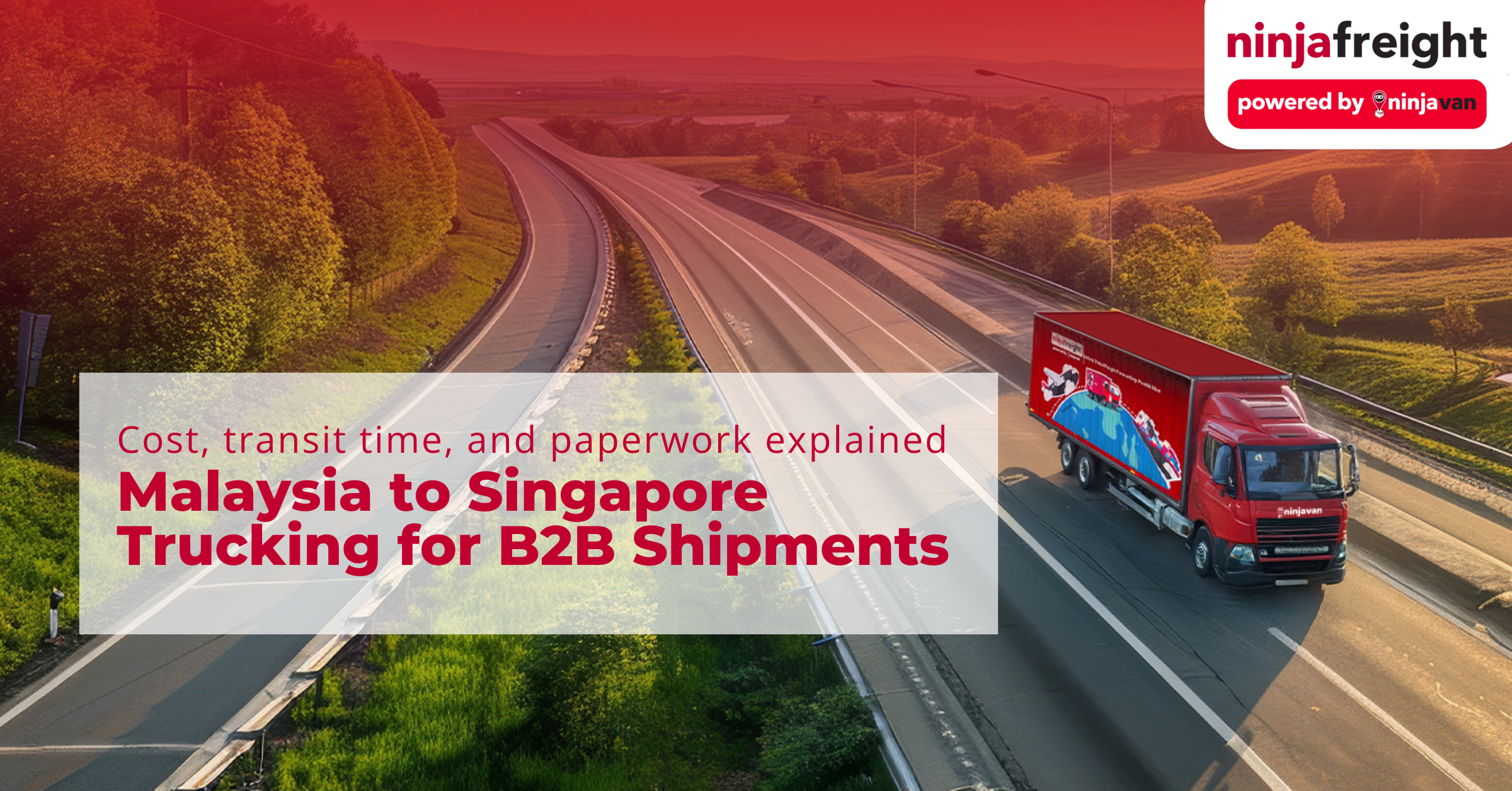Executive Summary
As seasonal demand spikes, temperature-sensitive supply chains face unprecedented pressure. From surging consumer orders to tighter delivery windows, businesses must remain agile while protecting product integrity.
This article outlines strategic actions taken by successful brands to manage cold chain stress — offering clear, actionable frameworks and operational insights relevant to corporate leaders managing scale and complexity.
🔥 See how Ninja Cold supports F&B businesses HERE.
#1. Scale Without Compromising Freshness

For temperature-sensitive businesses, scaling operations during peak seasons is often a double-edged sword. While increased demand opens up new markets and revenue opportunities, it also places immense pressure on logistics infrastructure — especially the cold chain.
The real challenge? Expanding fast without sacrificing product integrity.
Strategy in Action
Take Alif Satay as a case in point. Known for its freshly grilled satay, the brand was confined to the Klang Valley for years due to high delivery costs and the risk of quality degradation during long-distance shipments.
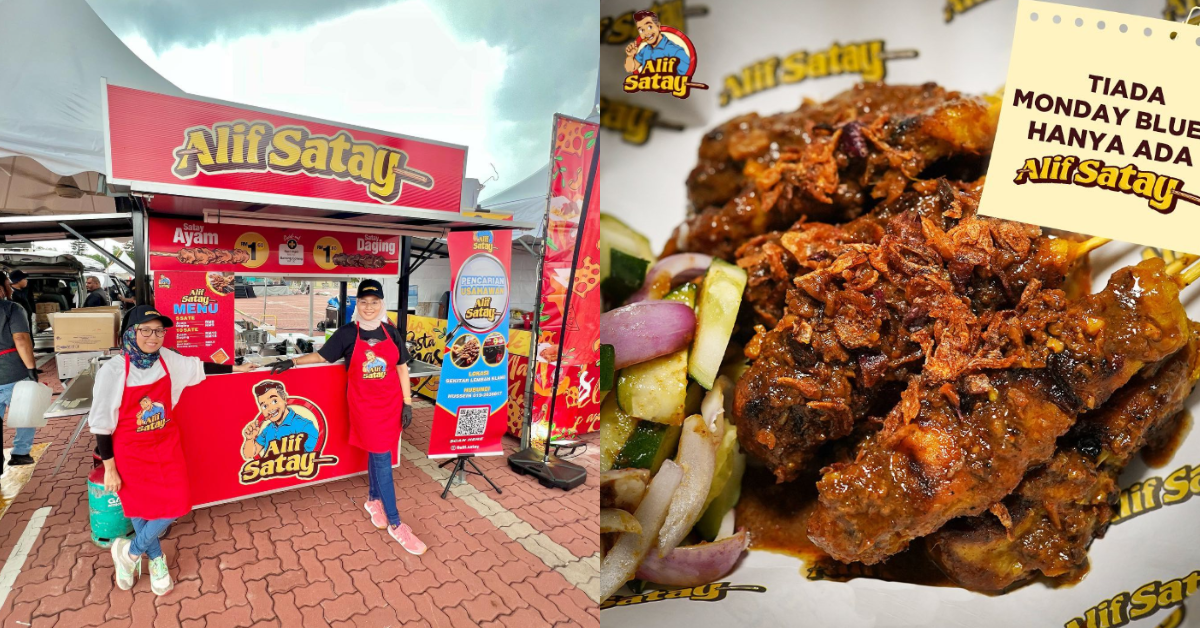
However, by collaborating with cold logistics providers that offered:
- Nationwide coverage including rural zones,
- No minimum order quantity (MOQ) for deliveries, and
- Flexible restocking schedules,
Alif Satay unlocked new markets in Johor, Penang, and Terengganu without overextending its resources or compromising freshness. This shift removed the traditional scaling barrier of volume dependency and brought their signature quality to a broader customer base — just in time for peak season surges.
Actionable Insight
When choosing a cold chain partner, don’t just ask “Can they deliver?” — ask:
- Can they deliver at scale, without delay or degradation?
- Can they adapt to volatile order volumes without requiring bulk commitments?
- Do they offer infrastructure that supports growth — not just survival?
A scalable cold chain isn’t one-size-fits-all. It’s built on modular logistics models, dynamic delivery scheduling, and tech-enabled tracking systems that evolve with your business.
Your ideal partner should not only move your goods — they should move your business forward.
#2. Eliminate Distribution Drag Through Direct-to-Customer Dropshipping

In traditional supply chains, multi-layered distribution models are often praised for offering control, regional stock availability, and a sense of redundancy. However, when it comes to temperature-sensitive goods during peak demand periods, that layered control quickly becomes a liability — introducing lag, quality risks, and a lack of visibility.
Strategy in Action
Pak Mat Western, a brand known for its viral Western-style frozen meals, faced this exact issue. Their stock moved through a hierarchy of intermediaries — from HQ, to regional distributors, to master stockists, and finally to local stockists.

While the setup looked sound on paper, in practice it meant:
- Longer lead times before products reached end users, risking freshness.
- Overreliance on stockists’ storage conditions, which varied in quality and capacity.
- Limited visibility on customer behavior, as all data flowed through middle layers.
By transitioning to a dropshipping model — delivering directly from HQ to customers via a trusted cold logistics provider — Pak Mat Western:
- Cut delivery timelines significantly, ensuring freshness upon arrival.
- Preserved product integrity throughout the entire cold chain.
- Reduced inventory holding pressure on agents and stockists.
- Unlocked end-consumer data, enhancing planning and marketing precision.
Actionable Insight
If your current logistics model includes more than two hand-offs, you may be compromising more than you think. Ask yourself:
- Are intermediaries delaying your path to market during peak periods?
- Is your team blind to customer insights that could shape demand forecasting?
- Could a more agile, streamlined model serve your goals more effectively?
Direct-to-consumer dropshipping — when executed with a reliable cold chain logistics partner — transforms the distribution chain from a multi-step process into a precision-driven pipeline. It’s not just faster.
It’s smarter. And when freshness is currency, speed equals value.
#3. Forecast Demand With Real-Time Intelligence

Peak seasons are unforgiving. Promotions go live, orders spike overnight, and demand curves shift in ways even your best spreadsheets can’t predict. In this environment, relying on historical data alone is like trying to forecast a storm by looking at yesterday’s sky.
What forward-thinking businesses need is real-time operational visibility — not just into their own sales, but into how, where, and when products move through the cold chain.
Strategy in Action
Companies like Alif Satay and Pak Mat Western transformed their forecasting by partnering with cold chain logistics providers that offer integrated data systems. These systems didn’t just track parcels — they captured live insights on:
- Regional demand fluctuations
- Repeat purchase behavior
- Delivery timeframes and customer density
- Peak-hour volume surges and product-level performance
Instead of producing based on assumptions or once-a-month reports, they began to forecast based on facts — in the moment. This real-time view into operational trends enabled:
- Leaner, smarter inventory planning
- Pre-emptive restocking strategies for high-demand areas
- Minimized spoilage through tighter production-to-delivery windows
Actionable Insight
You can’t plan for what you can’t see. As demand becomes more dynamic, so must your forecasting tools. When evaluating logistics partners, ask:
- Do they offer real-time dashboards, not just static reports?
- Can their system integrate with your ERP or inventory software?
- Do they provide data on delivery behavior, not just delivery status?
Real-time intelligence is no longer a luxury — it’s a competitive necessity. Especially for businesses dealing in perishables, frozen meals, or temperature-sensitive SKUs, it’s this visibility that separates the reactive from the ready.
In a world of unpredictable peaks, clarity is your edge.
#4. Be Operationally Agile with Volume Flexibility

Yet, visibility alone isn’t enough. The real advantage comes when businesses not only see demand — but respond to it in real time.
The shift from static to adaptive logistics marks a critical evolution in how businesses navigate high-pressure seasons. Once you have real-time intelligence at your fingertips, the next challenge is translating those insights into action fast enough to make a difference.
That means having supply chains engineered for responsiveness — with logistics partners who can scale routes, adjust schedules, and reroute resources dynamically when demand surges or bottlenecks appear.
Strategy in Action
For instance, Sekinchan Seafood, a fast-growing seafood livestream business, regularly faces unpredictable volumes depending on the virality of their live sessions. By leveraging cold chain logistics that could flex capacity on demand, they ensured that no spike in orders would lead to delayed deliveries or quality degradation.
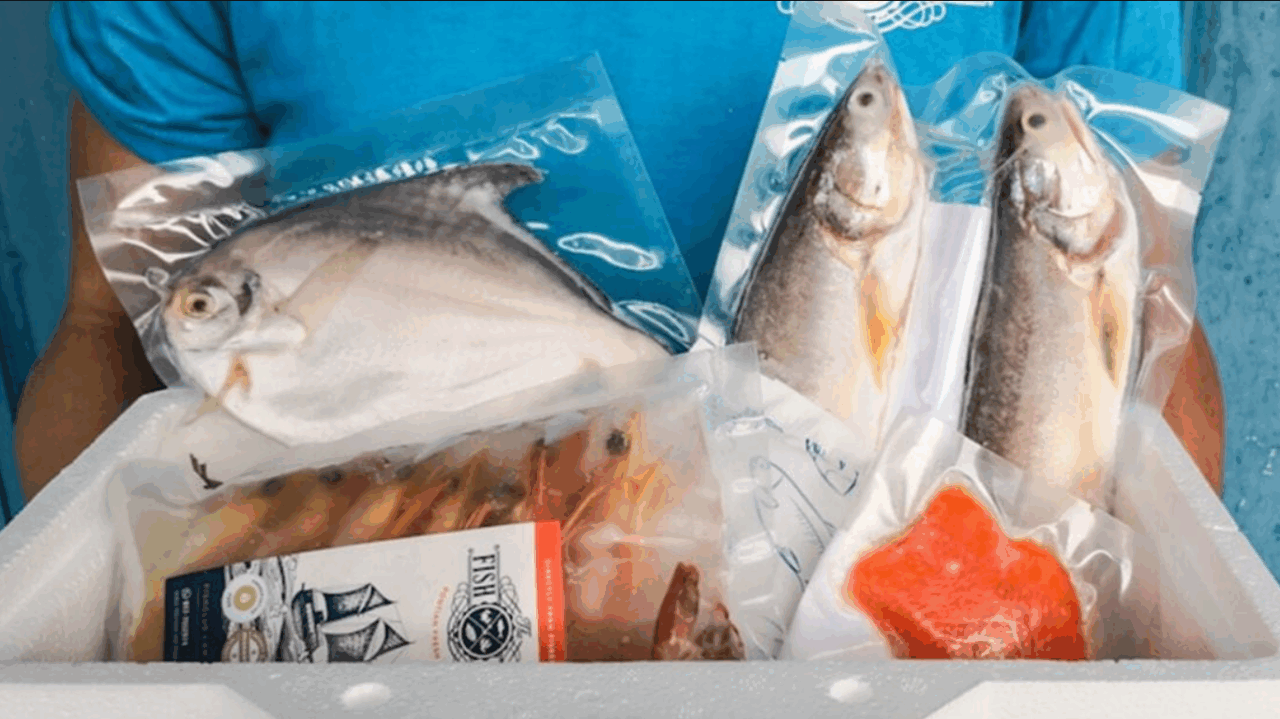
When 2,000 boxes of seafood need to be delivered the next day, the difference lies in whether your logistics partner can:
- Allocate extra fleet capacity on short notice
- Reroute deliveries based on real-time traffic and weather data
- Prioritize deliveries based on product perishability windows
These dynamic shifts are only possible when your cold chain is not just a transport mechanism — but an intelligent supply engine that can pivot as your business does.
👉 Interested? Discover smarter cold logistics with Ninja Cold HERE.
Actionable Insight
Ask yourself: Can your logistics partner operate at the speed of your sales?
If not, consider shifting toward cold chain providers who offer:
- Scalable capacity models (especially for flash sales or sudden campaigns)
- AI-driven routing to maximize speed and freshness
- Proactive communication protocols that update your ops team in real time
Cold chains aren’t just about temperature anymore — they’re about agility, visibility, and execution speed.
Because when your customers order now, they expect freshness tomorrow. Your supply chain needs to be ready today.
#5. Protect Profit Margins With Cold Chain Efficiency

Revenue may climb during peak periods — but without operational efficiency, profit can quietly leak out the back door. Longer routes, excess handling, and inconsistent restock cycles all contribute to higher cost per unit and lower delivery reliability. And for temperature-sensitive goods, each inefficiency increases the risk of spoilage.
In short: Growth without cold chain control becomes a liability.
Strategy in Action
Take Pak Mat Western — a business scaling fast across multiple states and now eyeing regional markets. By eliminating multiple distribution layers and adopting a direct-to-customer dropshipping model, they didn’t just speed up delivery — they trimmed operational fat.
With fewer intermediaries, they could:
- Reduce spoilage and wastage rates by shortening the time between production and consumption
- Minimize cold storage costs across multiple points in the supply chain
- Gain tighter control over pricing, promotions, and customer experience
- Remove the dependency on stockist storage space — which often became a bottleneck
This meant less refrigeration overhead, more consistent restocks, and ultimately, greater profitability per delivery cycle.
Actionable Insight
Every handoff, every stop, every extra day in transit — adds cost. And in cold chain logistics, cost isn’t just financial — it’s freshness, trust, and reputation.
To protect your margins:
- Audit your current logistics chain: Where are delays happening? Which steps add value, and which add friction?
- Map your spoilage sources: Are they due to long haul routes, poor stock rotation, or delivery delays?
- Invest in partners that offer route optimization, cold storage hubs, and dropship-enabling systems that reduce unnecessary links in the supply chain.
Remember, you don’t scale by growing bigger — you scale by growing smarter. Cold chain efficiency doesn’t just deliver freshness. It delivers sustainable profit.
#6. Enable Business Expansion Through Logistics Partnership, Not Limitation

Many brands stall their geographic expansion — not because of a lack of demand, but due to the perceived risk of inconsistent deliveries or cold chain failure. For businesses dealing in temperature-sensitive goods, a single bad batch can damage more than product — it can harm reputation and customer trust.
But here’s the truth: Growth doesn’t have to come with compromise.
When your logistics partner offers true end-to-end cold chain enablement, expansion becomes less of a gamble — and more of a strategy.
Strategy in Action
This is exactly what brands leveraging Ninja Cold experienced. Previously hesitant to go beyond Klang Valley, these businesses found themselves able to serve customers across Penang, Johor, Terengganu, and beyond — without the burden of investing in third-party storage, local fulfilment teams, or large upfront volume commitments.
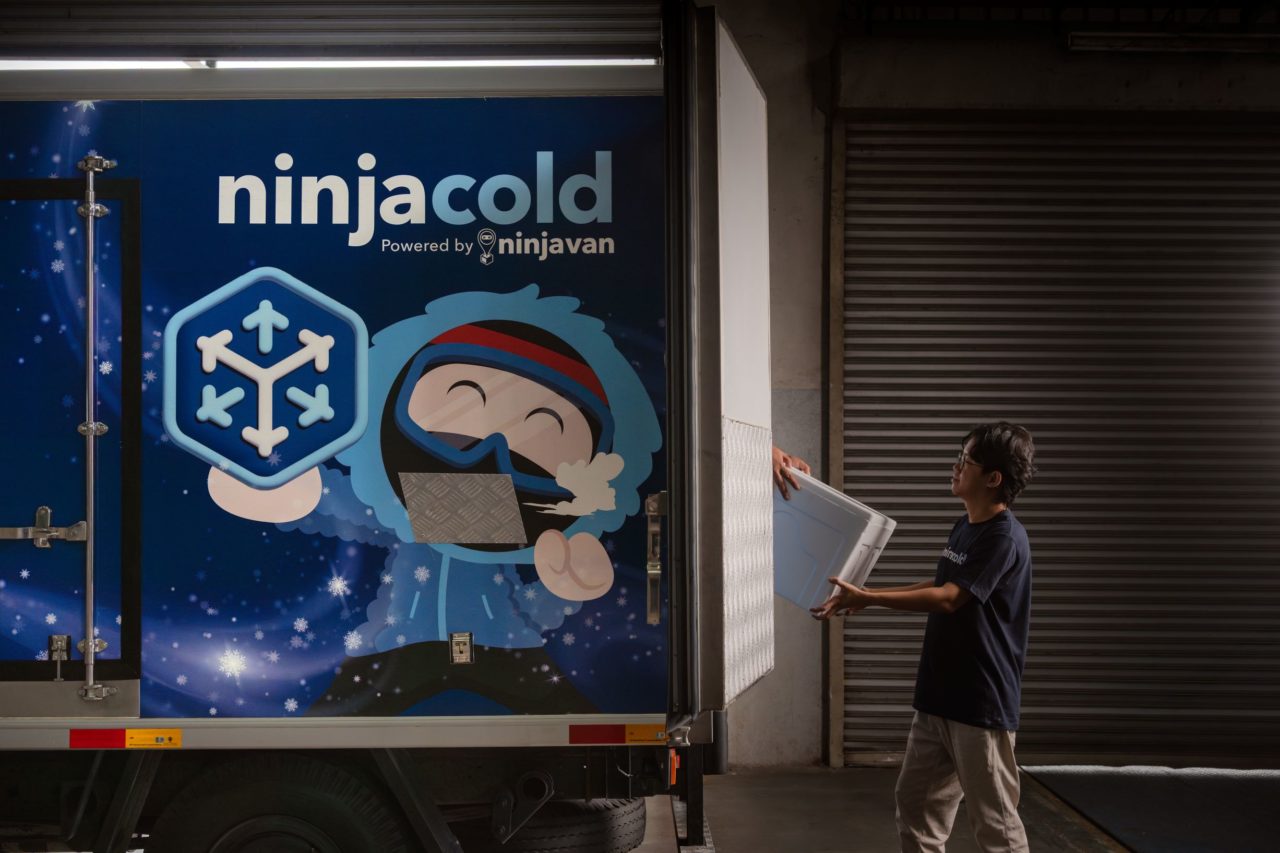
By removing the operational drag of regional scale-up, they could:
- Respond faster to new customer clusters and regional trends
- Launch promotions in new states without setting up local warehouses
- Maintain consistent cold chain quality, regardless of delivery distance
The result? Wider coverage, leaner costs, and stronger brand presence — all powered by a logistics partner that understood their need for control, consistency, and confidence.
Actionable Insight
Don’t just ask “Can my logistics partner deliver?” Ask:
- Can they scale with me — rapidly and reliably?
- Can they reach underserved but high-potential regions with the same standards I expect in my home base?
- Can they reduce expansion overhead while preserving cold chain integrity?
Growth today is no longer about setting up new branches — it’s about plug-and-play logistics that enable scale at speed. The right partner turns every new postcode into a possibility — not a problem.
What’s Your Plan B if Your Product Spoils Midway?
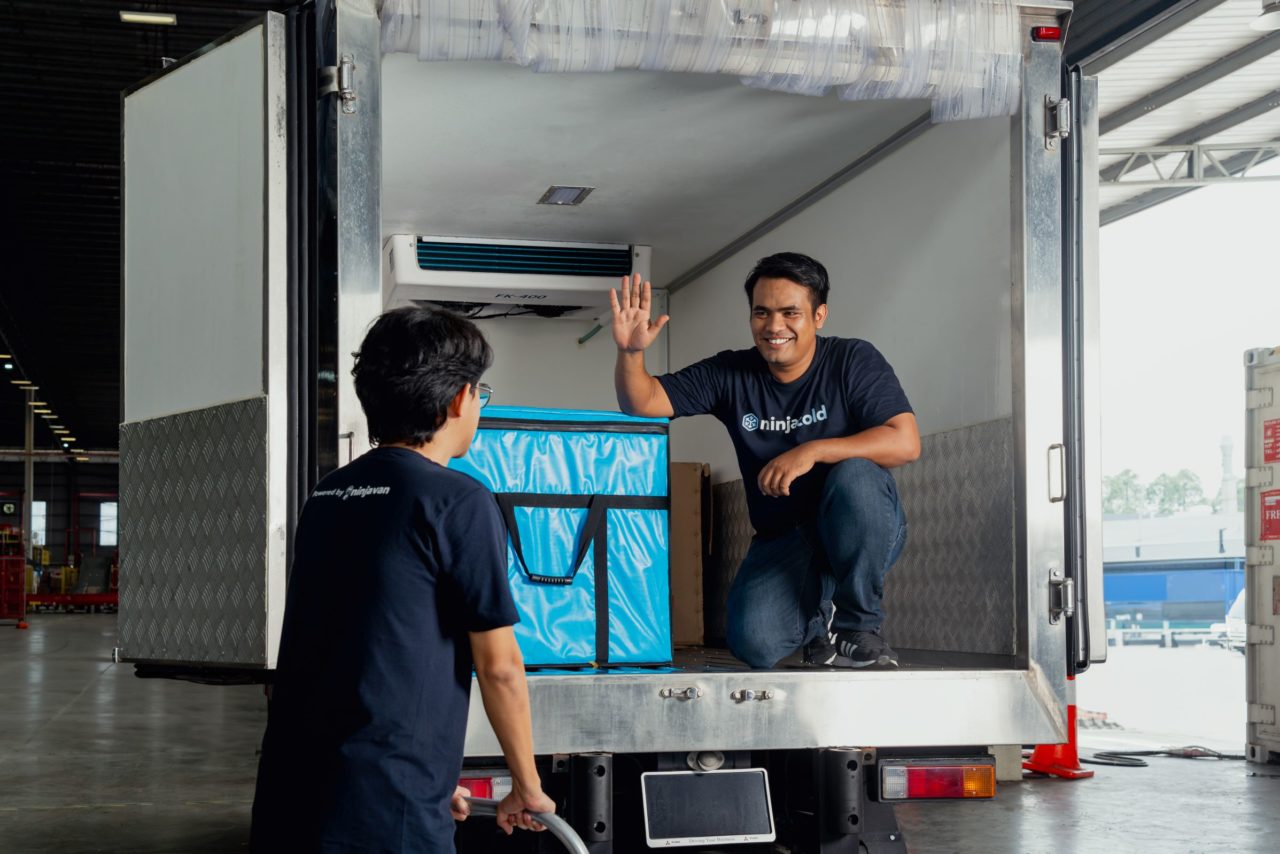
Handling volume is one thing. Handling volume with precision, freshness, and speed — especially during peak season — is what sets great brands apart.
With Ninja Cold by Ninja Van, we help Malaysia’s fastest-growing F&B brands scale with confidence through:
- ✅ Regional cold chain coverage
- ✅ Reduced spoilage and restock risks
- ✅ Fresher, faster delivery – always on time
Whether you’re expanding beyond Klang Valley or strengthening current ops, we’re ready to future-proof your cold logistics.
